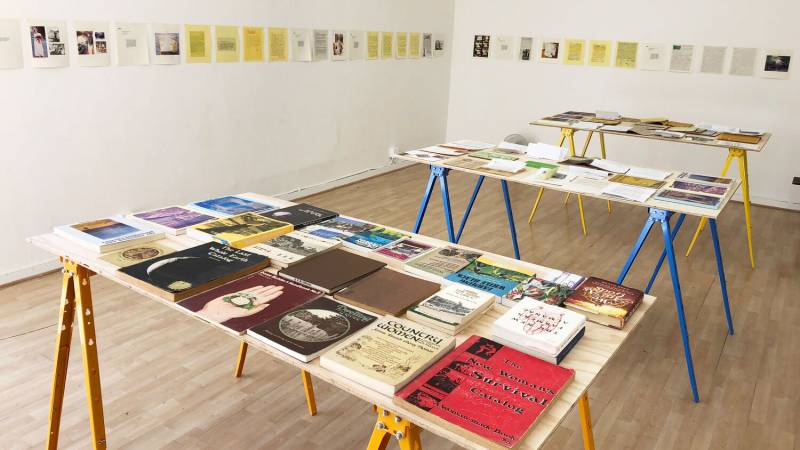When Alex Arzt started writing letters to the past, she was a bit adrift in time and space herself.
It was 2014, and Arzt was halfway through an MFA program. “I am a 26-year-old graduate student at Virginia Commonwealth University working on a project about the back-to-the-land movement of the 1960s and 70s,” her letters started. She addressed her missives to people who had once placed classified ads in alternative, instructional magazines geared toward rural life, magazines like Mother Earth News, Country Women, Alternatives Newsletter and The Modern Utopian. She asked her recipients where those ads led them in the intervening years.
“I myself am seeking something similar—a home in the woods, so to speak,” Arzt wrote. “Were you able to find what you were looking for?”
Over the next three years, as she finished grad school and traveled to residencies across the U.S., Arzt sent out 800 of these letters, tracking down names and addresses through online databases. She got nearly 200 responses from people who placed ads between 1968 and 1976—men and women who were looking for affordable land, like-minded communards and, in one case, “fellow dome nuts.”
These collected correspondences are now gathered in a three-volume Risograph-printed set titled The Positions and Situations Project: Back-to-the-Land Letters (after the name of the classifieds section in Mother Earth News). The entire project adds up to more than 600 pages of ads, letters (many handwritten, some embellished with photos) and interviews Arzt conducted with participants she visited in person.

What emerges in this remarkable juxtaposition between past dreams and present circumstances is a story of a generation that wasn’t interested in settling for the status quo. In their attempts to escape consumerism, pollution, the Vietnam War and an untrustworthy American political system, these (mostly white, middle-class) 20-somethings learned how to farm, raise animals and build their own homes.




